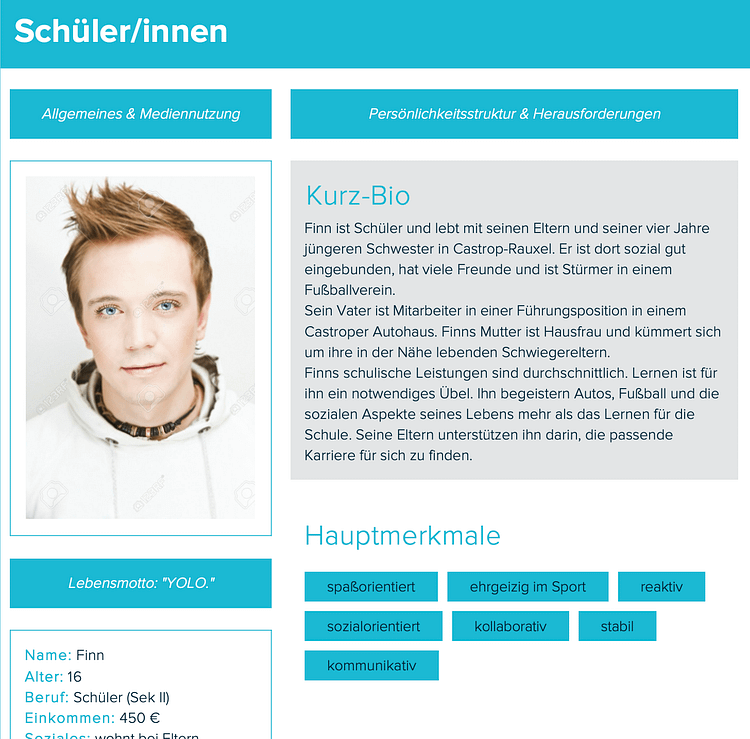
How to calendar block
Calendar Blocking The end of planning chaos Calendar Blocking The easy way out of the chaos of solo self-employment Yes, you love your job and self-employment – but everything in life has at least two sides. While many companies have a separate office for this, some freelancers underestimate it: project management. But as lone warriors, we can make it very easy for ourselves – with Calendar Blocking. Calendar blocking is probably the easiest way to keep track of your assignments, appointments and to-dos. To do this, you write down everything that needs to happen this week and everything you are looking forward to in your calendar. What you need: A calendar and a relatively realistic estimate of how long you need for your tasks. 1. Let’s get digital Of course, you can also do calendar blocking with an analogue paper calendar. With a digital calendar, however, it is easier: you can easily move appointments or enter them as a recurring series. You can also invite customers to your appointments and add attachments, links or locations to the calendar entry. Every smartphone has its own calendar app. Alternatively, you can use the Google calendar and subscribe to it on your computer and smartphone. 2. Organise calendar Name your calendars and divide your tasks and appointments according to a clear and simple pattern. For me, for example, “appointments” are everything that requires me to put on something other than sweatpants and leave the house. “Projects” and “to-dos” differ in that projects are tasks that I undertake for clients. To-dos, on the other hand, are all the tasks I do for my business, such as writing invoices, bookkeeping or acquisition. 3. The 5 keys to Calendar Blocking 1. forecast Think about how long you really need for a task. Most of the time it takes us longer than we thought it would. If you use a time tracking tool, it can help you with a realistic estimate by looking at completed projects. 2. Priorities Before you start planning, think about what has priority: Do you have a marathon coming up that you want to be fit for? Then plan your training first. Or is the deadline for an important project fast approaching? Then this is your priority. Think briefly about what your focus is this week and this month. 3. Planning Plan your week and your month. Write each task and block of tasks in your calendar: half an hour in the morning to write or answer emails or an hour on the last day of the month to write invoices. All tasks that are scheduled regularly can be scheduled as serial appointments. 4. Break Plan lunch breaks. Only those who take a break can do a good job in the long run. Make a weekly appointment for this right away. Of course, you can flexibly postpone your break if you get hungry earlier or an appointment changes your daily structure. 5. Buffer Hardly anything is as important as buffers. They give you the freedom to respond flexibly to your clients’ wishes. They also help you not to panic if a task has taken a little longer or an unexpected call has lured you out of concentration. 4. fill in tasks With the help of the 5 keys, you can now distribute your tasks over your week. Write down the time blocks so that you have enough time for each task. After all, calendar blocking is supposed to support you – not stress you out. If you like, you can enter reminders in the individual appointments to remind you 30 or 15 minutes before the start of the next task to complete your current task. And that’s what you get out of it Organization Keep track of your to-dos. Instead of having to-do notes and reminder apps, you can simply enter everything in the calendar. This way, even if you want to make an appointment with your dentist, you can see where you really still have a gap in your day. Project management Du lernst, große Projekte in kleine Teilaufgaben aufzuteilen. Jeder einzelne Task bekommt einen Termin: Du musst ein Angebot für Kunde XY schreiben? Trag dir einen Termin von 15 Minuten ein. Oder musst du einen Blog-Post verfassen? Räum dir eine Stunde in deinem Kalender dafür frei. order book While you can flood a to-do list with ideas and tasks, your calendar will quickly show you where your limits are. You can see at a glance when you have time to take on a new project. This will prevent you from overdoing it and eating up your free time with your job. Self management By entering private appointments and sports, you make it clear to yourself that you can also have free time as a freelancer. collaboration You can block appointments with customers and invite them directly. You can also use the note function in the appointment to share important information with them. Read more… Bildquellen Fotografin: Isaac Benhesed on Unsplash Gefunden auf Unsplash.com






